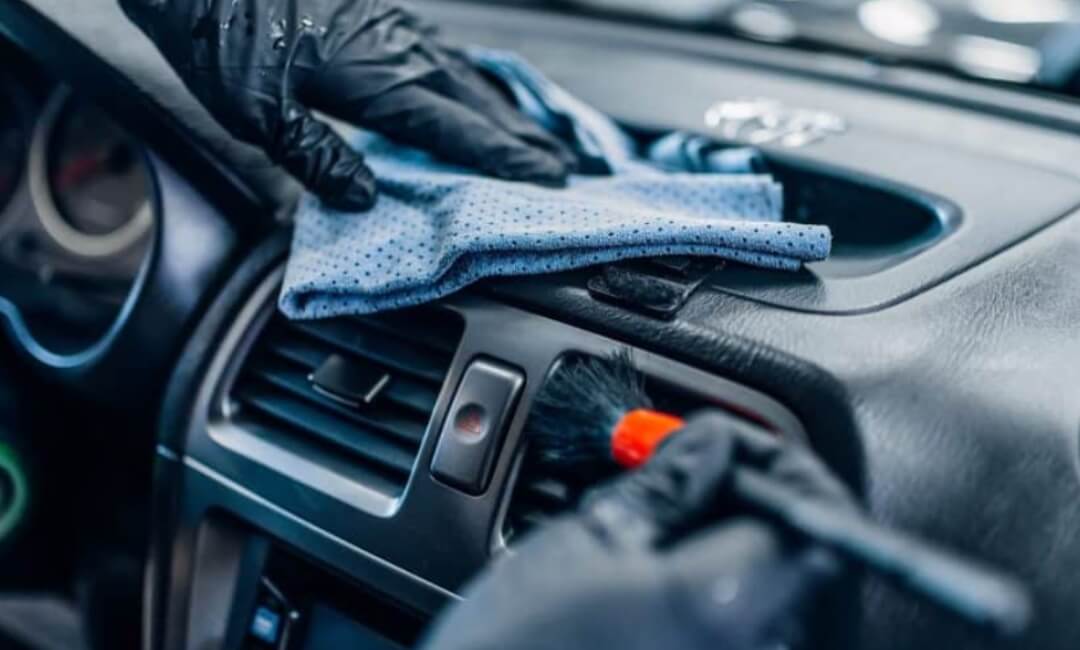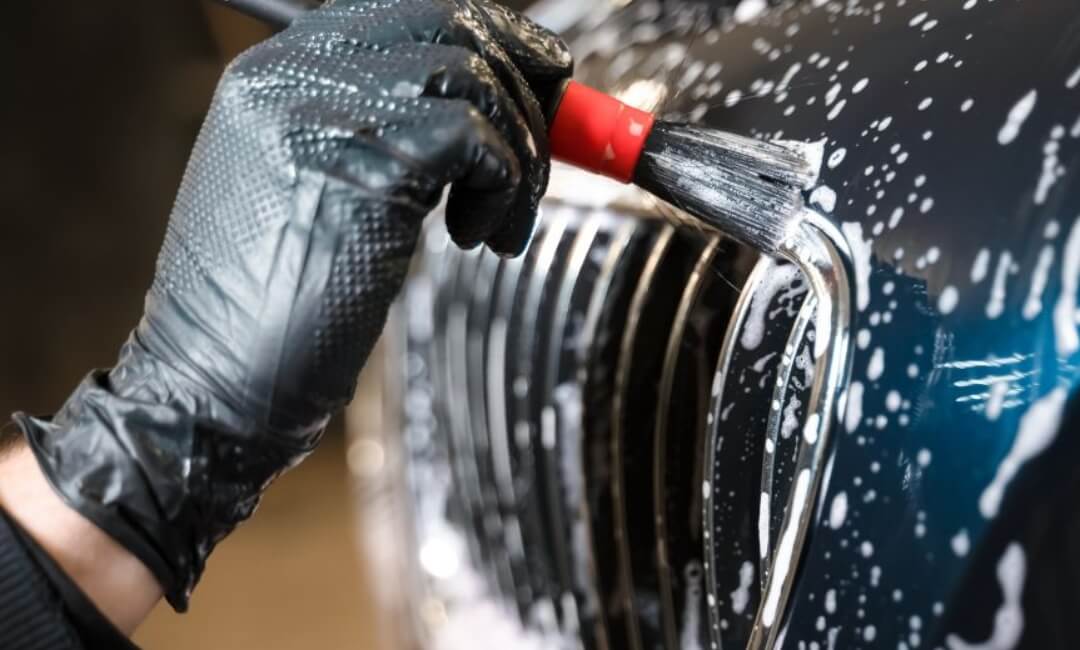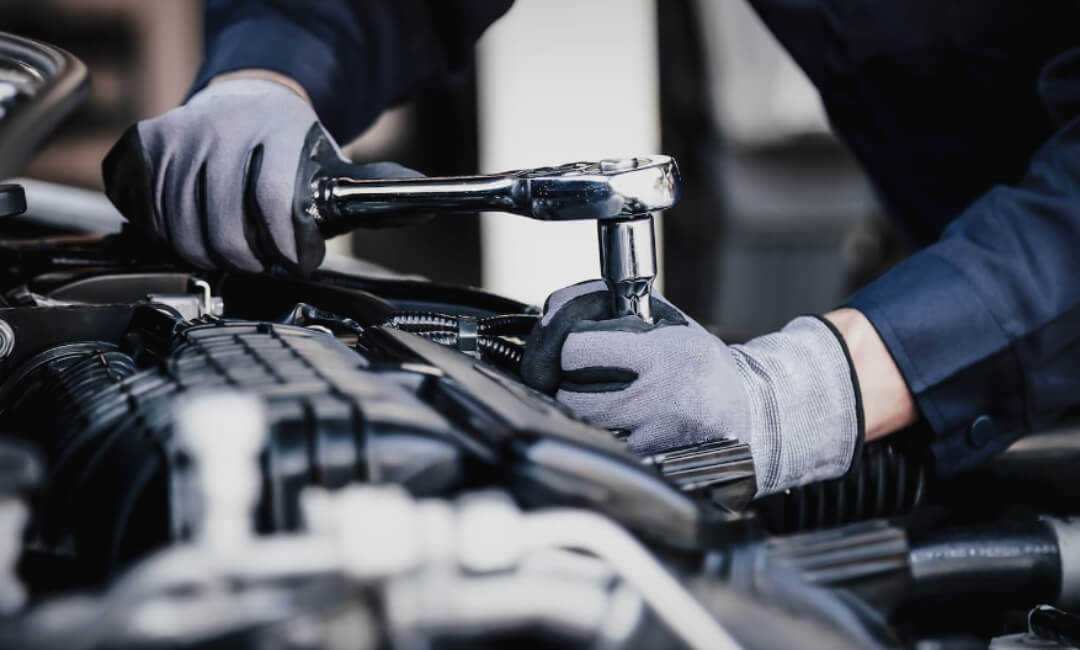Cars serve the obvious purpose of getting from point A to B, but you’ll also need to service and maintain them regularly to get more miles on the odometer. A clean car avoids major safety issues, including rust buildup, electrical hiccups, poor braking or flaking paint. Car owners are not only visiting mechanics more frequently (as a preventative measure), but they’ll also want their vehicles detailed inside and out, either by a pro or by doing the work on their own. To keep your investment lasting longer, here are 5 simple tips:
Interior Detailing

Detailing involves thorough cleaning, reconditioning, and restoring your vehicle to near-new condition. This is a meticulous step-by-step process done inside and out. It removes unnecessary clutter, dust, debris and corrosive dirt particles, and adds a protective layer to surfaces, thereby preventing further wear or damage.
Carefully formulated interior detailing products eliminate unsightly spills and stains, prevent unpleasant smells and bacteria growth and improve driver and occupant health. Car care products further minimise the risk of abrasions, dents, tears, fading and advanced wear in seat cloth, carpeting, leather, wood and plastic trim, improving presentation and keeping your interior fresh. The aesthetic benefits also relate to safety and general comfort levels. Pooling liquids and accumulated food remnants can potentially damage wiring and related electrical systems, while torn cloth, carpet or dust-ridden windscreens can hamper proper driving positions and visibility.
Contrary to popular belief, comprehensive interior detailing doesn’t necessarily mean high costs. Interior care products are affordable and readily available from car care specialists. Packaged combos have everything you need, from general-purpose interior cleaners easily applied to all surfaces, to mitts, cloths, brushes used in wiping away dirt or accessing tight spots and protectants applied on specific surfaces such as leather, wood or metal. Of course, you can also purchase conditioners, balms, waxes, dressing, odourless and colourless solutions, separate glass cleaners and more. Hoovers with a dry and wet function and appropriate attachments can see you spending more, but a home vacuum will suffice in most cases. With a complete set of interior detailing products at your disposal, you can clean, protect and refresh the cabin to professional standards and in your own time, while saving hundreds for the privilege when throwing in some elbow grease.
The process is recommended once every few months, or more often if you do more miles, or are constantly shuttling kids to schools or pets. Start by removing collected items and rubbish from storage areas, remove and clean the mats, and continue thoroughly cleaning and hoovering the seats. Follow up with the dash and interior trim, wipe down the steering wheel, gear selector and handbrake in older vehicles, and move onto the windscreen, rearview mirrors and visors. Finish off by applying protectant, deodorising bad smells and popping in an air freshener in your favourite scent.
Exterior Detailing

Detailing, cleaning and protecting the paintwork, glass and tyres is just as important. Exterior cleaning is also done in stages, tends to every inch of the outside, and restores the car’s good looks. It deals with problems like rust, scratches, dents and flaking, while also removing mud in the wheel arches, dirt and water stains on the glass, and natural nasties like birdlime.
Typical products include pre-foam washing solution, car shampoo and the usual array of towels, mitts, brushes and buckets. These deal with the cleaning component of exterior detailing, while clay bars, iron fallout, tar and limescale removers tend to scratches, road spray and stubborn, ingrained contaminants.
Follow up with the protective stage using appropriate polishing and waxing solutions to liven up the paintwork deal with off-colouring or staining, and finish with a wick of glass cleaner and tyre dressing. Find all products for a clean and protected car exterior in the same stores selling interior car detailing products.
Observe Regular Service Intervals

Service intervals vary between makes and models, but generally sit between 5000 and 10000 miles. Failing to maintain and service your car will put you at risk on the road, increase the likelihood of premature failures, and decrease your car’s resale value.
Mechanics carry out necessary safety checks, including brake, steering and suspension components, and replace worn, damaged or failing parts. They will also top up fluids, including oil and coolant, check brake pad thickness, replace air, oil and fuel filters and run a diagnostic check to ensure there are no faults. This cuts down on the likelihood of abrupt power loss, unresponsive brakes, overheating engine parts or electrical failures.
The benefits of routine checks include consistent performance, optimal safety in all driving conditions, reduced wear to critical components, and lower fuel costs. This also prevents steep out-of-pocket expenses when putting off servicing too long.
Take Warning Lights Seriously
Dashboards and menu screens are littered with dozens of warning lights informing you that something may be wrong. The check engine light is the most frequent culprit and can point to anything from cylinder misfires, malfunctioning sensors, clogged catalytic converters, computer errors, and more.
A simple way to find the root cause is by doing a diagnostic check with the car’s OBDII port connected to a code reader or scanning software. The process lists possible failures registered by the vehicle ECU, while scanning tools may point to solutions. More often than not, this may be a simple false reading that is easily deleted if no mechanical, electrical or other failures are detected.
Other warning signs include low oil levels, depleting batteries, worn brake pads, low tyre pressure and more. Take warning lights seriously. The recommended action is to pull up safely off the road, turn off the car and call roadside assistance. Driving with warning lights can be hazardous, or the cause for serious engine damage, costing you thousands of pounds.
Avoid Bad Driving Habits

We can all be accused of bad habits behind the wheel. Revving the engine on startup, resting hands on the gear stick, abrupt maneuvers to avoid potholes and pedestrians, hard braking, scraping wheels and tyres against curbs, draining the fuel tank dry, driving in high gears and low RPMs…the list goes on. Smooth and steady driver input will mean less engine wear, improved stopping power, reduced fuel use, and tyres that last more than one season.
Ensure tyres have sufficient tread, are inflated to the correct pressure, that your wheels are aligned (no wheel pulls to the left or right) and that there are no creaks through the suspension. Also keep an open mind on replacing common parts like brake pads, filters, fluids, batteries, and spark plugs. These are inexpensive and can show early signs of wear well before regular major service intervals.




